Cazalla de la Sierra
Cazalla is located in the heart of the Natural Park. Its outstanding cultural importance is based on its history, which has provided it with a unique monumental and ethnological wealth. Thus, activity and settlements in the area date back to the Neolithic period, as confirmed by the discovery of dolmens, axes, awls and other artefacts from this period in the so-called Cuevas de Santiago (Santiago Caves). The Romans founded the town of Callentum on an ancient Carthaginian fortification. With the arrival of the Moors, it became known as Castalla, and it was conquered by Christian troops in the mid-13th century.
The town reached the height of its splendour in the 16th and 17th centuries, becoming the residence of King Felipe V at the beginning of the 18th century. The parks and green areas, such as Los Morales and El Judío, intermingle with its rich heritage of religious and civil buildings. Famous for its wines, anisette and spirits, Cazalla has quickly adapted to the new times, offering its visitors a unique experience based on the quality and variety of the activities available.
In the southern part of the town is the chapel of San Benito. It dates from the end of the 16th century and the beginning of the 17th century. It has a single nave, divided into four sections by pointed transverse arches, and the sanctuary is made up of two sections, one rectangular section covered with a barrel vault and the other semicircular with a ribbed vault. It has a simple Renaissance-style façade and a curious triangular tower for which it has been declared a Monument of Artistic Interest.
The chapel of El Carmen was once known as the chapel of San Ginés. The building may have been a primitive Mudejar work, as some of its external features suggest. In its present form, it can be dated back to the 18th century. It has a single nave, divided into three sections, with a square main chapel and a hemispherical vault over the chancel, and a barrel vault with lunettes and transverse arches in the nave. At the foot of the nave, above a simple lintel doorway topped by a broken pediment, is the belfry. It is located on the street of the same name, Paseo del Carmen, and is currently used for worship.
The patron saint of the town is venerated in the chapel of El Monte. It is located four kilometres from the town and was built in the mid-18th century. The chapel has a single nave, preceded by a portico and a main chapel with an alcove. It is a Baroque construction that underwent several alterations during the 19th century. An important procession and mass is held in this chapel during the month of August, after which the image is transported to the centre of the town accompanied by a large number of horse riders, carts and pilgrims on foot.
The stage, despite being quite long, is generally a leisurely descent, alternating between dirt track and road in the first part, and ending on a wide and comfortable track in the final part. You set off from the San Benito chapel in a westerly direction. In a few metres a path begins that will take you to the A-450 road, which is not very busy. You walk through olive groves and dehesas, mainly used for livestock, and through rocky areas that are now almost uninhabitable and devoid of life due to overgrazing, but which once offered some of the first wines that crossed the Atlantic to the Americas. In this area, known as Las Colonias, excellent wines were produced, and vines were the main feature of the landscape for miles around.
El Pedroso
As you approach El Pedroso, the dehesas become flat and open, and you will begin to see how the environment changes geologically, as more and more large granite boulders appear. You will be able to admire these rocks in the following stages. You will be surprised by their curious shapes and the different uses that the inhabitants of these areas have made of this material, which is so easy to find in the area.
The route ends at the chapel of El Espino, at the foot of a stone cross. You can catch our breath in the shade offered by the trees in the garden and enjoy this historic site.


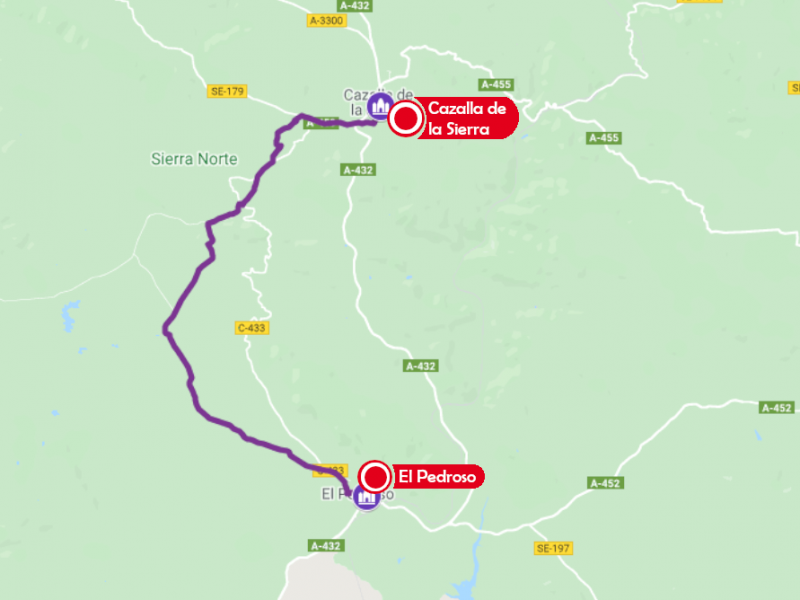
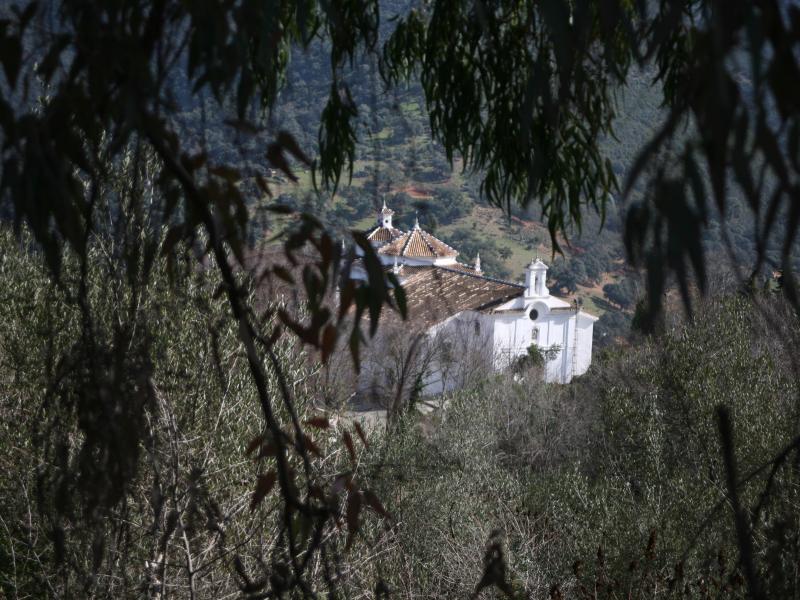
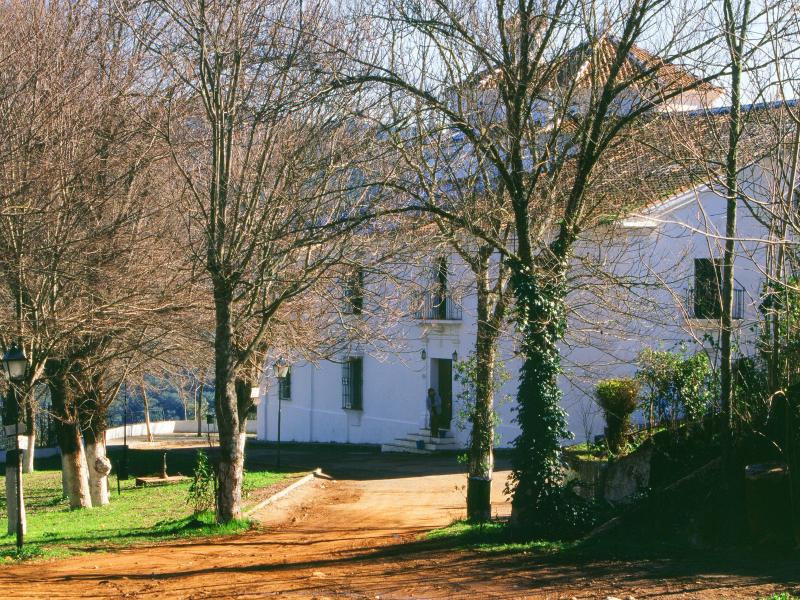
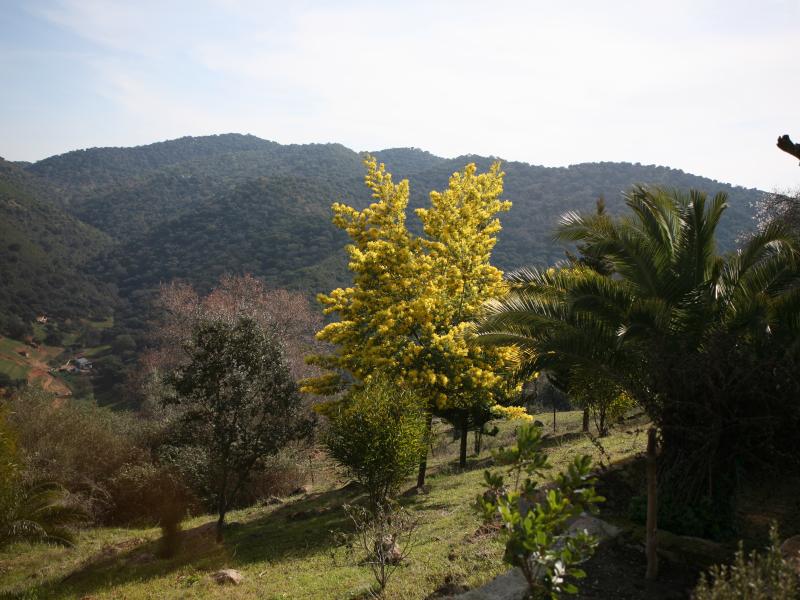
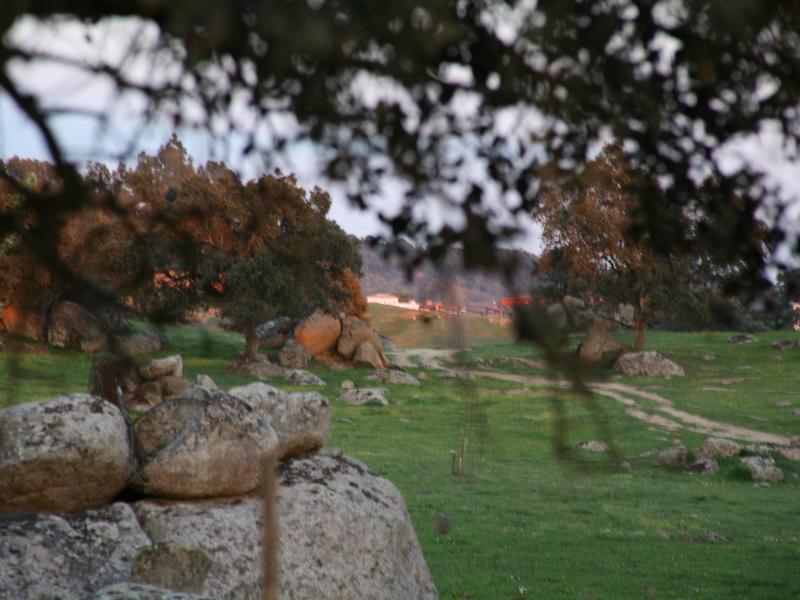
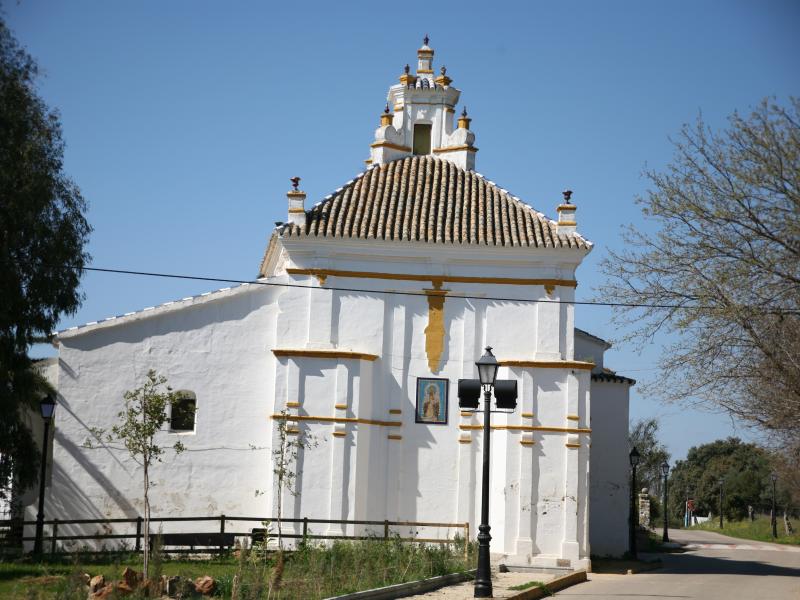
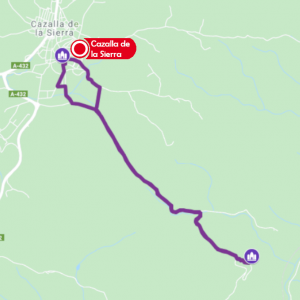
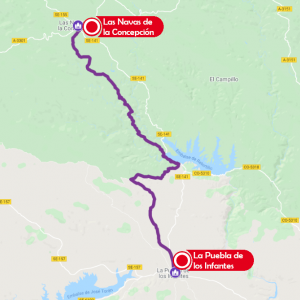
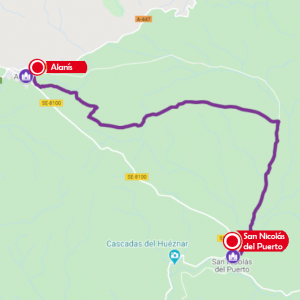
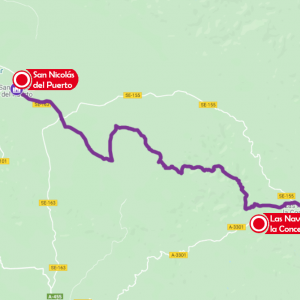
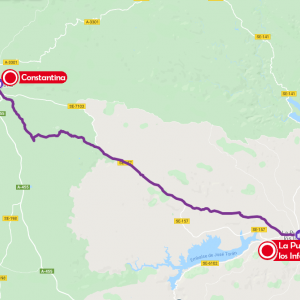
0 comments
New comment
The comments are moderated, so it takes a while to appear. If they contain offensive language they will not be published.